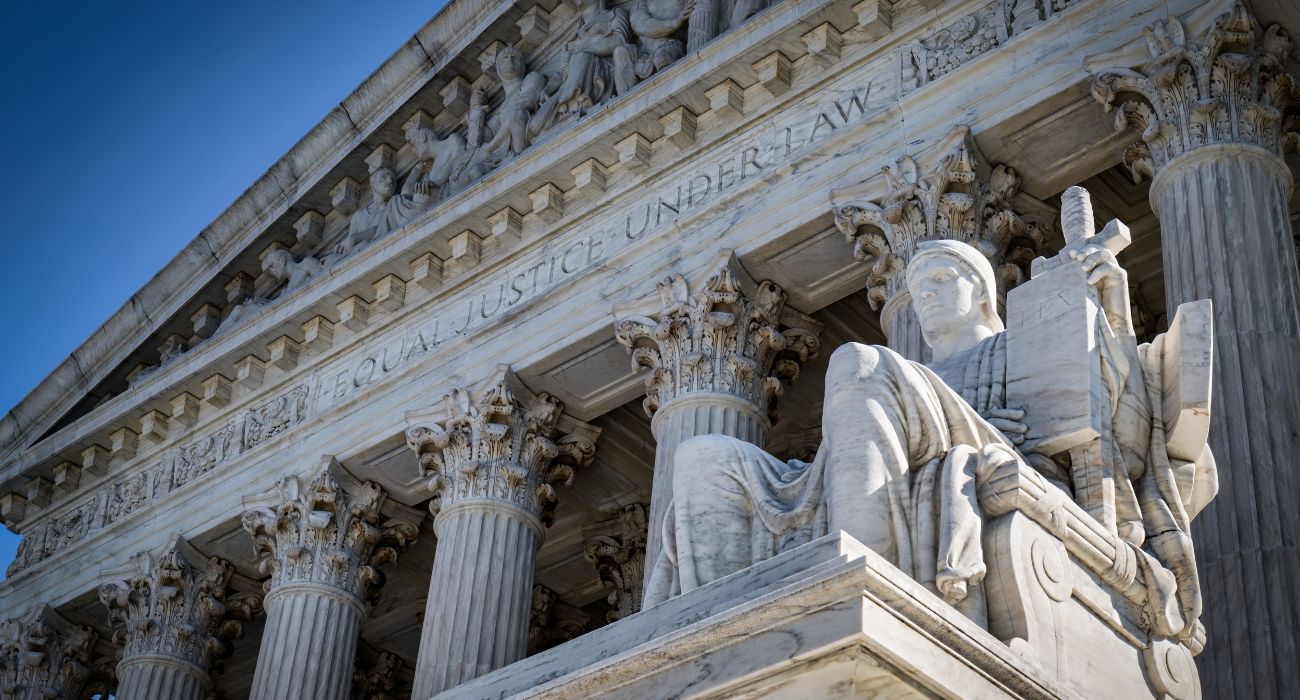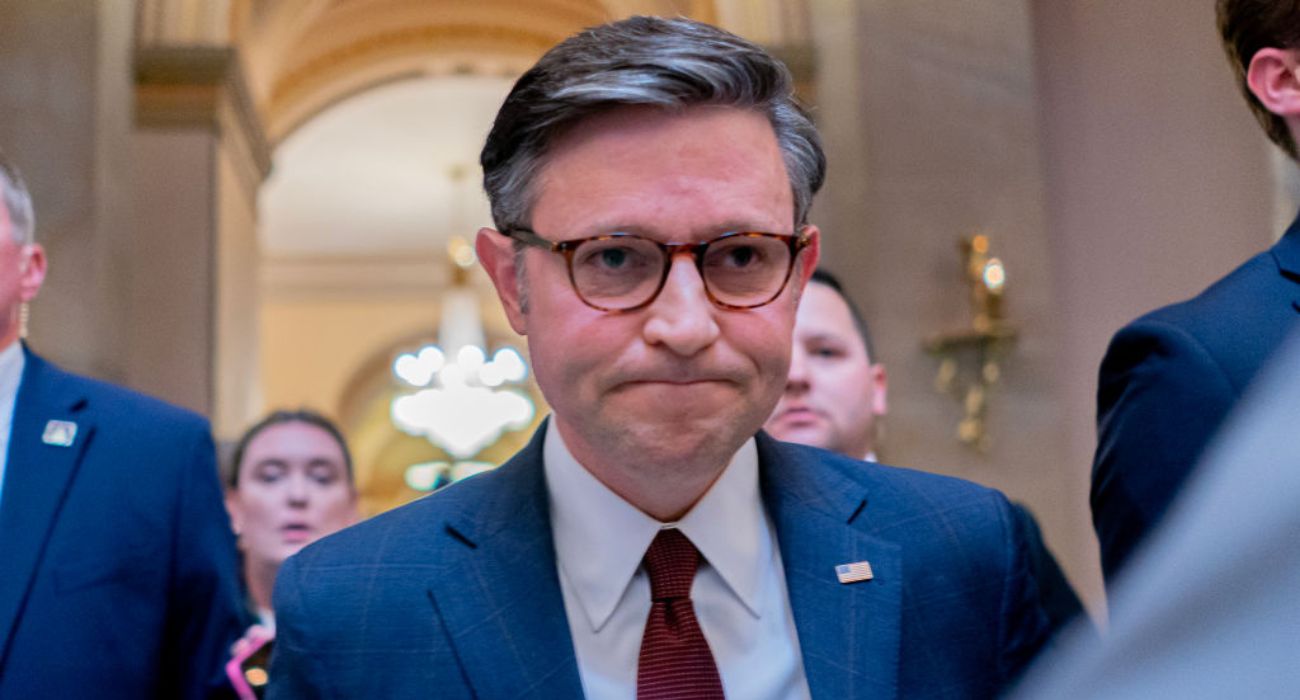Investigators were unable to detect the source of the leak last May of a draft opinion by the Supreme Court overturning Roe v. Wade.
The Supreme Court said Thursday it was going to continue to investigate the origin of the leak.
According to a statement released by the Court, following “the extraordinary betrayal of trust,” Marshal of the Supreme Court Gail Curley was assigned to investigate the leak. Curley and her team performed forensic investigations and interviews with various court employees.
The team investigating the leak consisted of an assortment of federal investigators as well as attorneys.
“But the team has to date been unable to identify a person responsible by a preponderance of the evidence,” the statement read.
The draft majority opinion by Justice Samuel Alito was originally leaked to Politico, which promptly published it.
The next month, the Supreme Court released its landmark decision in Dobbs v. Jackson Women’s Health Organization.
“The leak was no mere misguided attempt at protest,” the Court said in its statement. “It was a grave assault on the judicial process.”
The Court called the leak “one of the worst breaches of trust in its history” and further remarked that the integrity of judicial decisions depended upon “the inviolability of internal deliberations.”
Much of the investigation was focused on employees of the court, but the statement did not say whether the Supreme Court justices themselves were interviewed.
Curley’s report said the team conducted 126 formal interviews with 97 employees, all of whom denied leaking the draft majority opinion.
Investigators also found it unlikely that the leak was the result of an IT hack of the Court’s computer system by someone from the outside.
“Investigators continue to review and process some electronic data that has been collected and a few other inquiries remain pending. To the extent that additional investigation yields new evidence or leads, the investigators will pursue them,” the report filed by Curley reads. “If a Court employee disclosed the draft opinion, that person brazenly violated a system that was built fundamentally on trust with limited safeguards to regulate and constrain access to very sensitive information.”
Curley further stated that the COVID-19 pandemic created a situation where sensitive materials could be removed more easily due to the freedom given to employees to work from home.
She also said the interviews yielded less information than hoped for.
“The interviews provided very few leads concerning who may have publicly disclosed the document,” Curley said. “Very few of the individuals interviewed were willing to speculate on how the disclosure could have occurred or who might have been involved.”
Curley did note, however, that some Court employees handled the document “in ways that deviated from their standard process for handling draft opinions.”
Curley’s report concluded with an analysis of the vague and haphazard policies and procedures regarding the handling of draft opinions and sensitive documents that lead to the leak. She also made recommendations on changes that would prevent such leaks from occurring in the future.
Part of the problem, Curley noted, is that “too many personnel have access to certain Court-sensitive documents,” and there is “no universal written policy or guidance on the mechanics of handling and safeguarding draft opinions and Court-sensitive documents, and practices vary widely throughout the Court.”






